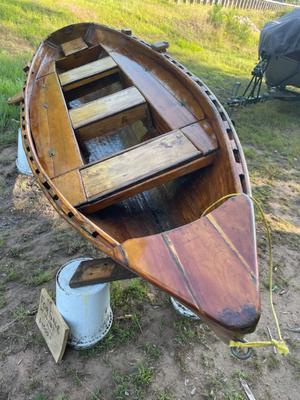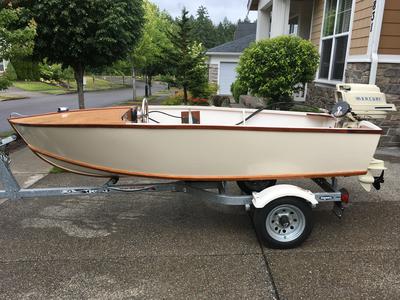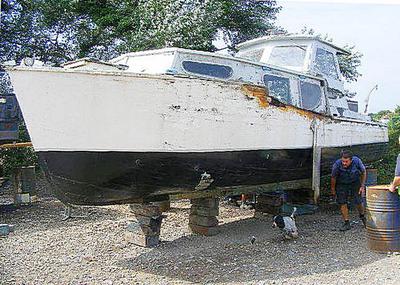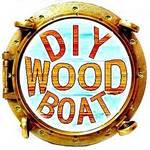Amesbury Skiff
by McDuff
(Kinderhook, NY)
I just purchased a 1940's Amesbury Skiff made at the Lowell's Boat Shop in MA.
It needs refinishing and this is only my second woodboat project.
Any recommendations on a good reference book on refinishing?
I also need to decide what to do with the bottom - caulk and paint or go with glassing (West System?).
I've never used rope type caulking and would rather avoid a leaky boat.
Also there is some space between some of the laps.
Can these spaces be cleaned out and filled or do they need to be tightened?
How?
Thanks,
McDuff








